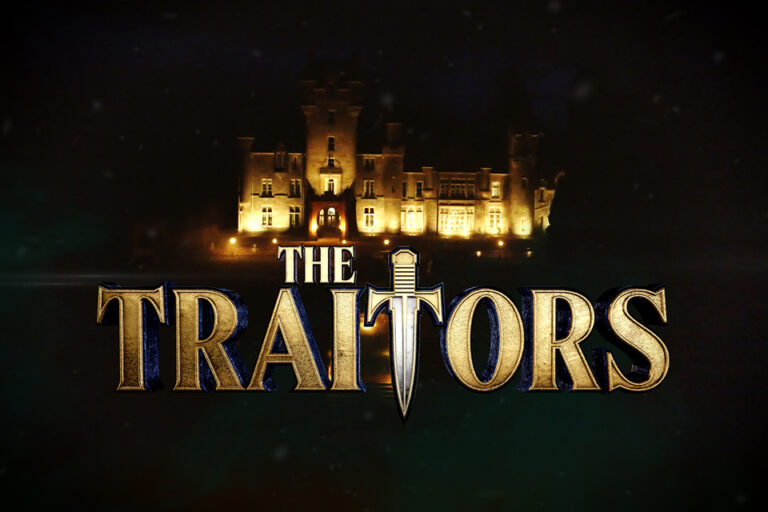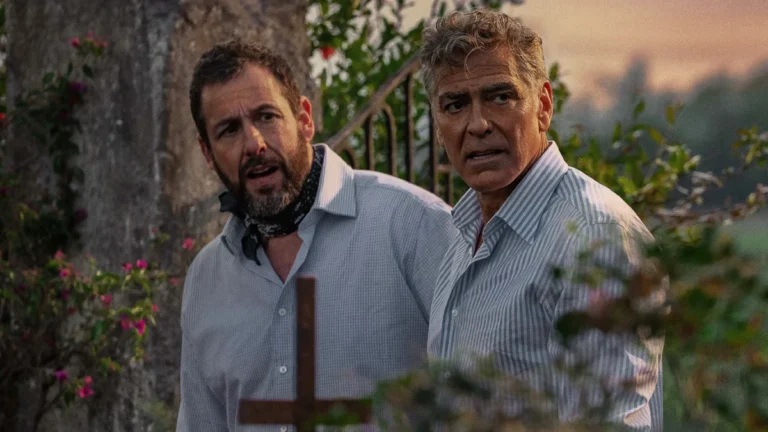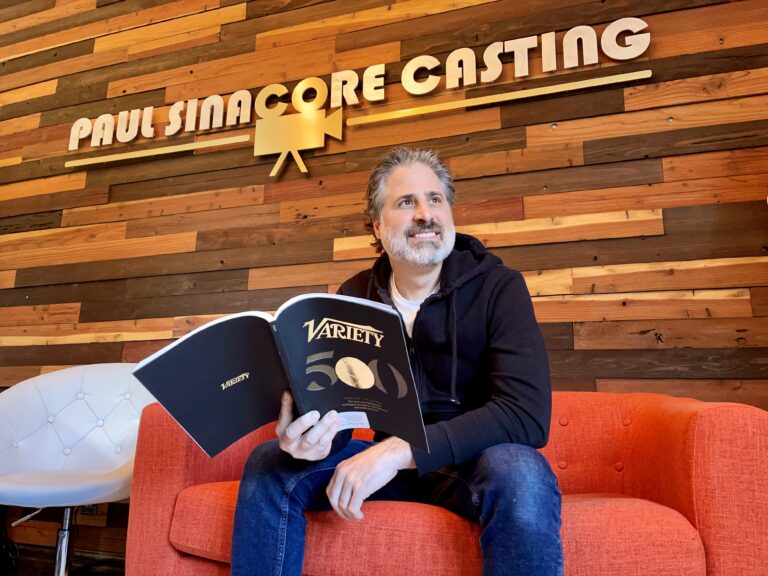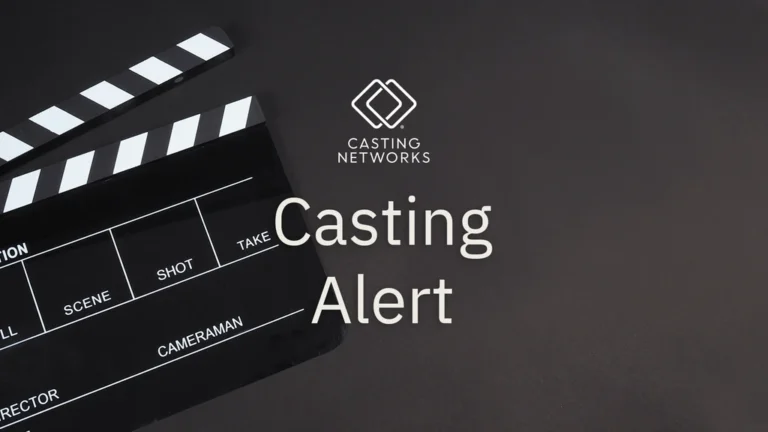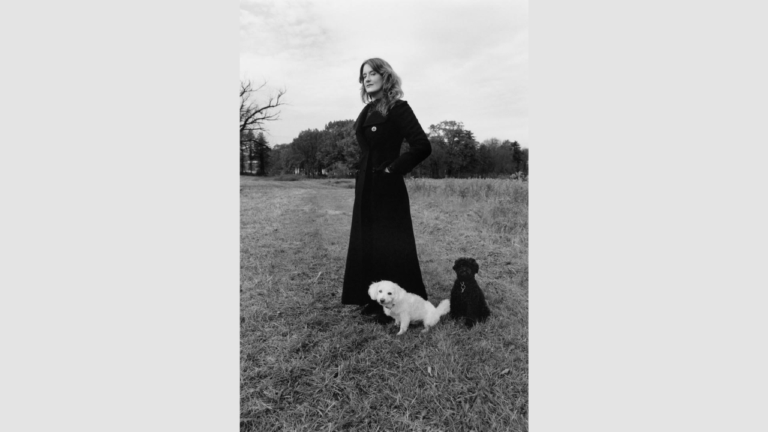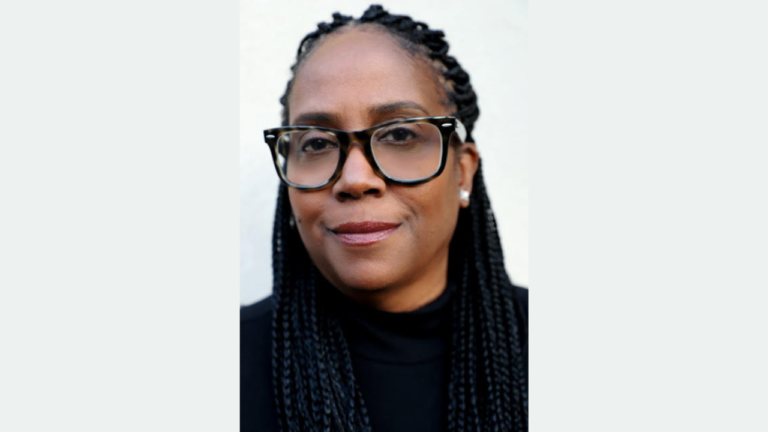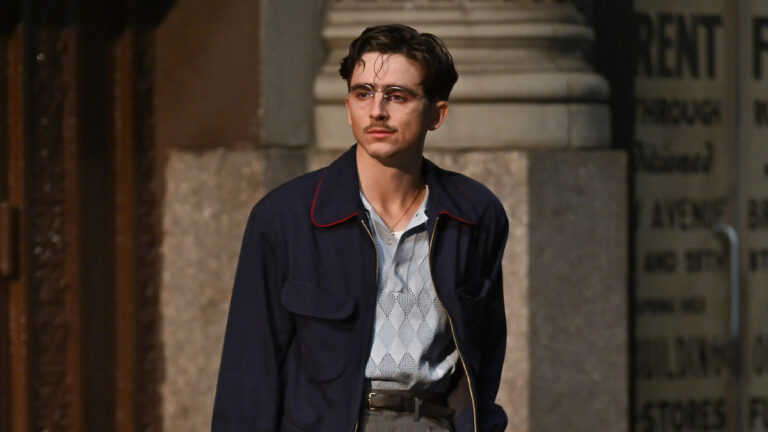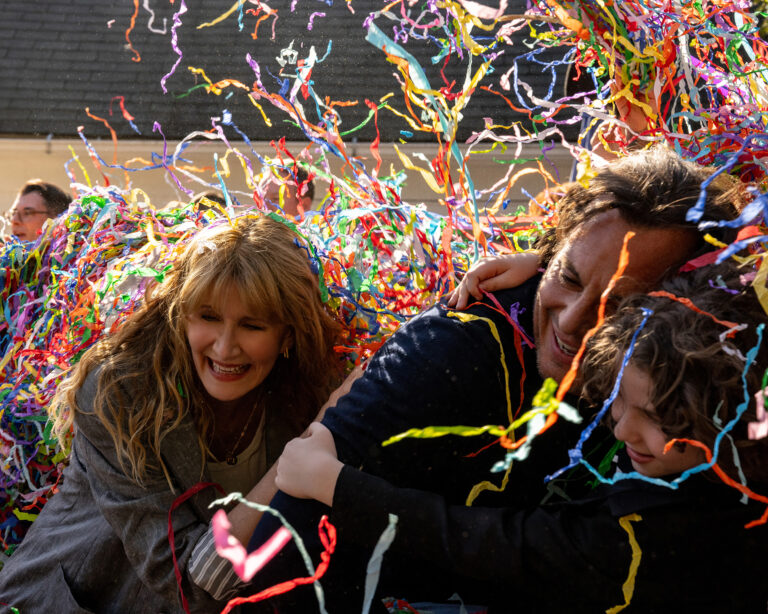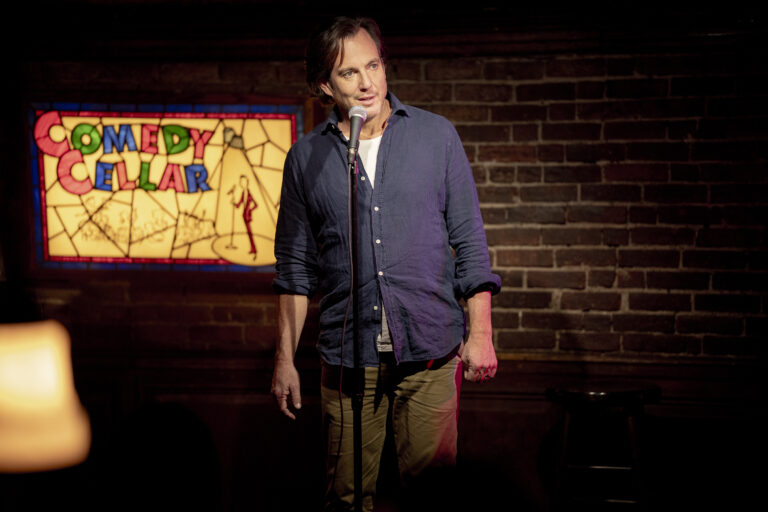If you’ve ever thought you wanted to get into horror, but can’t handle the blood and guts, remember the genre isn’t one size fits all! There are many categories and subcategories of horror. If you’re wondering where you might fit in all this, we’re here to start breaking it down.
Horror has overarching tropes and rules. While many can be limiting and toxic, modern horror is making strides to subvert them and expand the range of what horror can be and accomplish.
But knowing some of the basic trends in horror can help when it comes time to navigate through the genre. A great place to start is being familiar with the different subgenres of horror. Then you can play to your strengths.
Before anyone gets up in arms, no, this is not a comprehensive list, and yes, many of these films fit into multiple categories. We’re talking broad strokes here. Enjoy!
What You’ll Find in This Article
- Creature Feature
- Period Horror/Gothic Horror
- Comedy Horror
- Grounded Metaphor/Drama Allegory
- Slasher
- Action Horror
Creature Feature
Often campy or played with a heightened style, these flicks use animals or monsters as the primary conflict and protagonist. The monsters are often metaphors for the protagonist’s failings or darkest fears. They can be fun and cheesy, thrilling and disturbing or, as is often the case, all of the above. If you’re diving into a creature feature, get ready for special effects and lots of screaming.
Examples: The Birds, Ginger Snaps
Period Horror/Gothic Horror
These films thrive on vibes. The aesthetic is central to building tension. Gothic horror is often a slow burn, filled with subtext and playing off themes of romance and death. If period pieces are already in your wheelhouse, this is a great transition into horror.
Examples: Crimson Peak, Sleepy Hollow, The Witch
Comedy Horror
For those who truly love classic horror but don’t want to dwell in the truly dark and depraved, comedy horror is an incredible alternative. These films are often insightful, clever, gratuitous, and massively self-aware. Comedy horror can be a beautiful tool to examine and subvert toxicity in the horror genre, or a way to safely indulge in the release of horror without steeping yourself too much in catharsis.
Examples: Tucker and Dale vs. Evil, The Babysitter, Cabin in the Woods
Grounded Metaphor/Drama Allegory
While many types of horror deal heavily with metaphor and allegory, these are the types of films that house what could otherwise be a serious drama within the framework of horror-driven allegory and metaphor. If you’re looking for character-driven, text-driven projects, and certain horror feels too stylized or heightened for you, this might be your subgenre.
Examples: Heredity, Get Out, The Babadook, Midsommar
Slasher
Perhaps one of the most celebrated horror categories, slasher flicks follow specific formulas. The protagonist is being hunted or haunted by a singular antagonist who seeks to kill or destroy them. If you love classic horror with larger-than-life villains, this might be for you!
Examples: Halloween, Nightmare on Elm Street, Friday the 13th
Action Horror
This subgenre is almost exactly what it sounds like. Combining classic elements of horror with staples of the action genre, this is a great way to show off special skills (athleticism? stunts?) or dive into a fast-paced project that thrives on adrenaline.
Examples: Pitch Black, Army of the Dead, Resident Evil, The Mummy
Why is horror so beloved? While a deep dive into that would take more time and nuance than this article can provide, it’s easy to spot certain trends. It makes us feel less alone in our darkness. It offers a safe environment in which to explore and confront our fears. It provides escape and release.
If you’re looking to jump into the realm of horror, figure out what it is you’re passionate about. Exploring the different subgenres can be a fun way to become familiar with overarching tropes and trends under the larger horror umbrella.
Stay safe, and have a Happy Halloween!
Final Takeaways
If you’re new to acting in horror, it’s key to understand the wide range of styles and subgenres the genre offers. Horror isn’t just about gore—there’s room for everything from slow-burn atmosphere to fast-paced action or clever comedy. Finding your niche within these categories will help you hone your craft and bring authenticity to your roles.
- Explore different horror subgenres to find where your strengths shine, whether it’s intense drama, physical stunts, or comedic timing.
- Watch key films in each subgenre to familiarize yourself with their unique tones and acting demands.
- Embrace the metaphorical and emotional layers of horror; many roles require conveying complex fears and vulnerabilities, not just screams.
- Practice physicality and reaction work—especially for creature features, slashers, and action horror—where believable fear and movement are crucial.
- Don’t shy away from horror comedy; it’s a great way to develop timing and self-awareness while poking fun at genre tropes.
Diving into horror acting means balancing the thrill of scares with emotional truth, and knowing your subgenre can be the best guide. With this roadmap, you’re set to find your place and bring fresh energy to the world of horror. Happy haunting!
You may also like:


